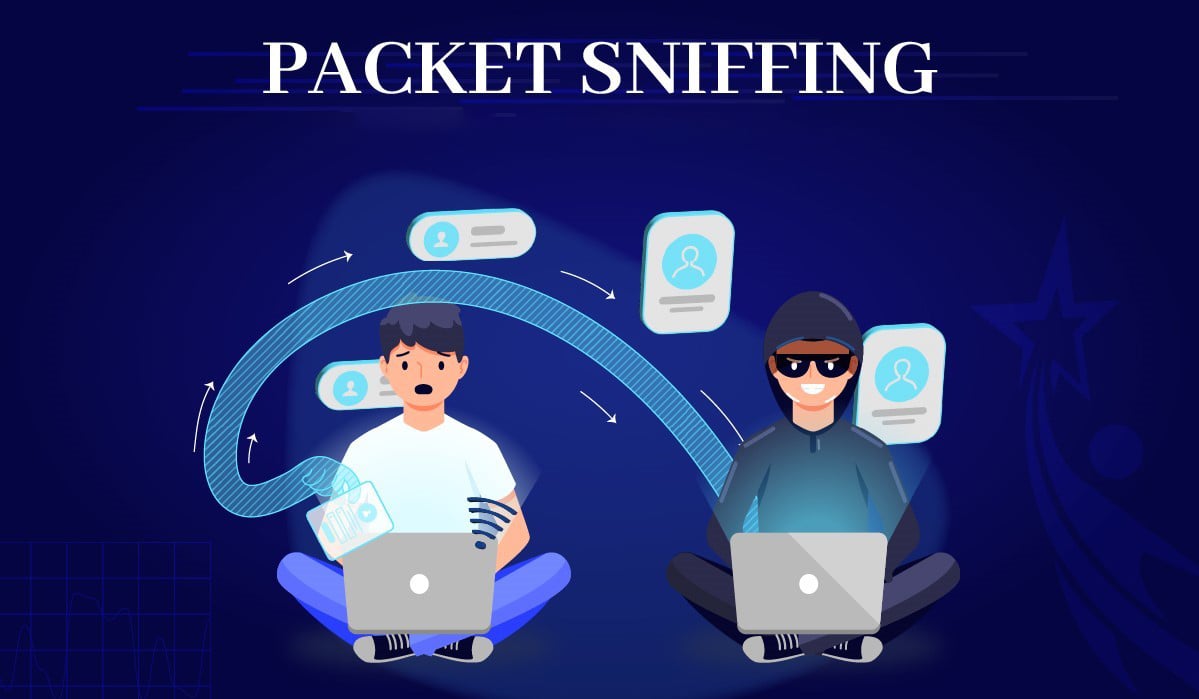Packet Sniffing: Understanding the Basics, Risks, and Prevention
Packet sniffing is a technique used to monitor and analyze network traffic. It is widely employed for both legitimate network administration and malicious cyber activities. Understanding packet sniffing is crucial for ensuring network security and preventing unauthorized access to sensitive data.
What is Packet Sniffing?
Packet sniffing involves capturing and inspecting data packets transmitted over a network. These packets contain information such as source and destination IP addresses, protocols, and payload data. Network administrators use packet sniffers to diagnose network issues, enhance performance, and troubleshoot problems. However, cybercriminals may exploit packet sniffing to intercept confidential data like login credentials, financial details, and private messages.
How does it work?
Packet sniffing tools capture data traveling across wired or wireless networks. Sniffers operate in two modes:
- Promiscuous Mode: The sniffer captures all packets on the network, regardless of their intended recipient.
- Non-Promiscuous Mode: The sniffer only captures packets addressed to a specific device.
Common Packet Sniffing Tools
Several tools are available for packet sniffing, including:
- Wireshark – A powerful and widely used network protocol analyzer.
- tcpdump – A command-line tool for capturing network traffic on Unix-based systems.
- Ettercap – A tool for network security analysis and penetration testing.
- Kismet – A wireless network sniffer for detecting and analyzing Wi-Fi traffic.

Risks Associated with Packet Sniffing
Unauthorized packet sniffing poses significant security threats, including:
- Data Interception: Hackers can capture sensitive information such as passwords and credit card details.
- Session Hijacking: Attackers can exploit session tokens to gain unauthorized access to online accounts.
- Man-in-the-Middle Attacks (MITM): Cybercriminals can intercept and manipulate communication between two parties.
How to Prevent Packet Sniffing
To safeguard your network against packet sniffing, follow these best practices:
- Use Encryption: Encrypting data with SSL/TLS ensures that even if packets are intercepted, they remain unreadable.
- Implement VPNs: Virtual Private Networks (VPNs) encrypt all internet traffic, preventing unauthorized access.
- Secure Wi-Fi Networks: Use WPA3 encryption and strong passwords to protect wireless networks from eavesdropping.
- Monitor Network Activity: Regularly inspect network traffic for unusual patterns and unauthorized sniffing attempts.
- Employ Network Segmentation: Isolating sensitive systems reduces the risk of widespread packet sniffing.
Conclusion
Packet sniffing is a double-edged sword that can be used for both network management and cyber threats. Understanding how it works, the risks involved, and implementing robust security measures can help protect your network from potential attacks. Stay vigilant, use encryption, and employ security best practices to safeguard sensitive data from prying eyes.